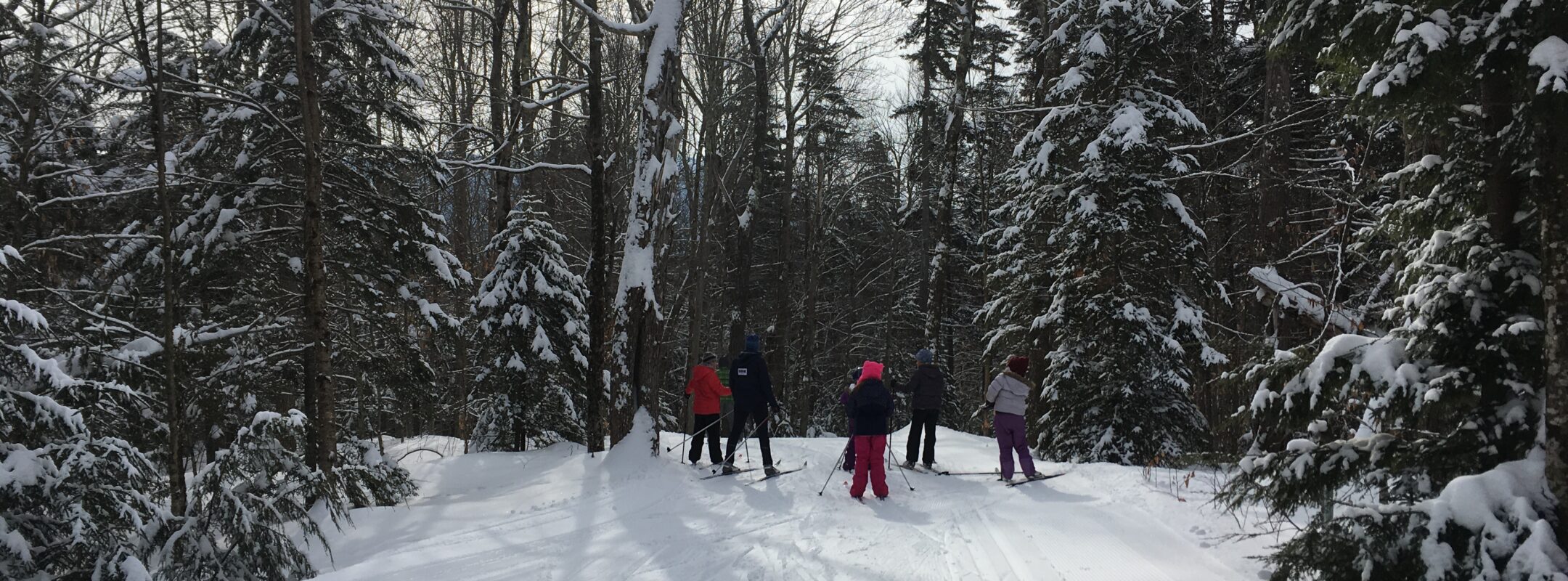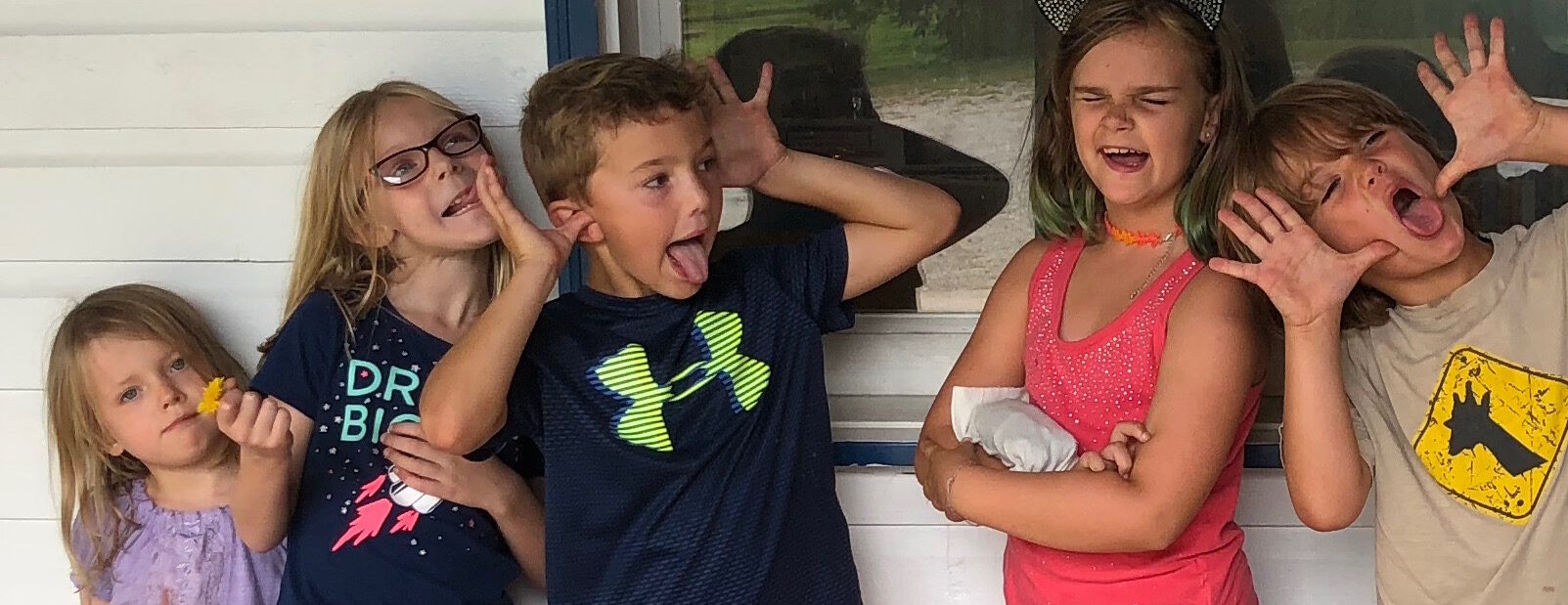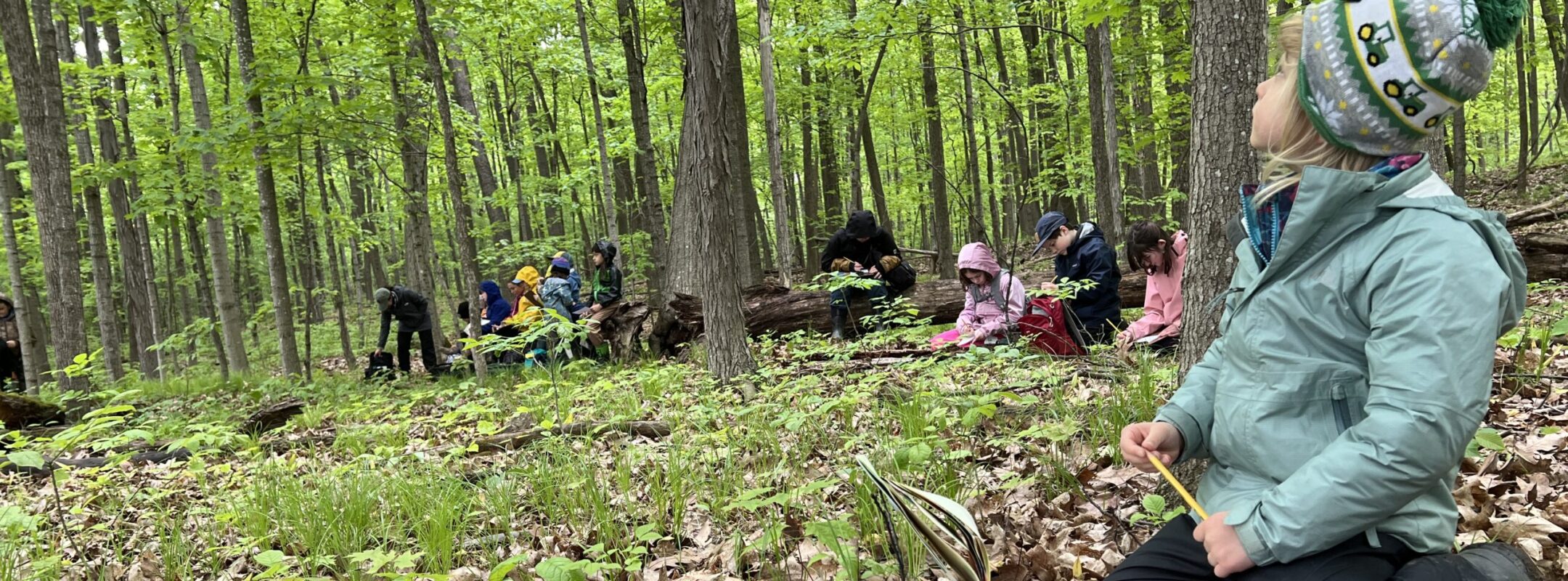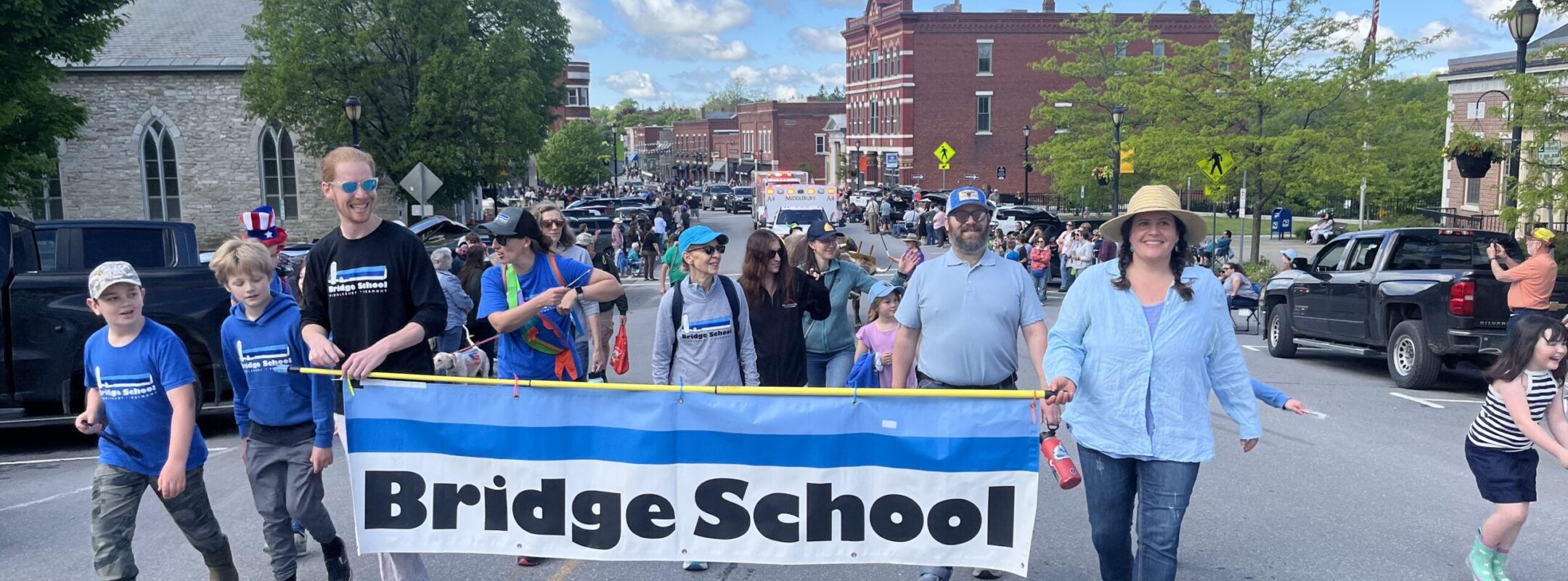What’s the Bridge School all about, anyway?
You may have driven past the Bridge School, a converted dairy barn with the big blue roof, just off Route 7 in Middlebury and asked that same question. We welcome parents and students to come by Bridge School for a visit decide whether our academic approach is the right fit for your family.
Bridge School has currently reached its student limit for the 2015-2016 academic year. We are accepting applications for mid-year enrollments in the event that slots become available during the school year. Applications for the 2016-2017 school year will open on (date) for all grade levels.
Here are some things that make Bridge School different from other schools:
 One of the lowest teacher-to-student ratios in the state, 1:6, consistently lower than the state average of 1:16.
One of the lowest teacher-to-student ratios in the state, 1:6, consistently lower than the state average of 1:16.
Bridge School limits its enrollment to 38 students. There are four full-time teachers, two part-time teachers, plus parent volunteers and other adults providing instruction in specific capacities. Class sizes are small, ranging from 2-12, with six being a typical size.
Bridge School is a State-Approved Independent School
Vermont statutes and State Board of Education rules authorize establishment of approved, recognized and distance learning independent schools, approved tutorials and approved educational programs. The Approved Independent School is the most rigorous classification. Details can be found here.
All the teachers know all the students, and all the students know all the teachers
Bridge is a small school offering individual choices in Arts and Explorations as part of its curriculum; each student has the opportunity to have at least one class with every teacher. The students benefit from each instructor’s unique background and experience. Long-term the practice promotes cohesiveness and continuity in a child’s learning.
All the school’s students know each other
Again, because of individual choice in the Arts and Explorations classes and because of school-wide practices and events, all the students come to know one another. Students are free to go where they choose before morning meeting, during silent reading, at snack, and at lunch. All students assemble together for morning and afternoon meetings. It’s not uncommon to see, for example, sixth-graders with Kindergarteners, and children of all ages in common discussion with a teacher.
Home Centers, not Home Rooms
Children stay for two or three years in the same home centers, in which they begin and end their day with the teacher who has oversight of their days and years. The home center is a home within the wider neighborhood of the school, a place for free play, group projects, special traditions and celebrations, serious talks and sharing, silliness, hugs, and traditions.
Acres of fun on our campus
Bridge students get a full run of our unique indoor and outdoor facilities, which include:
- Spaces for learning — six classrooms, cataloged library, computer lab
- Spaces for creating — theater, workshop, art room
- Spaces for physical education (and burning energy) — full-size gym, regulation soccer/sports fields, indoor climbing wall, outdoor ice skating rink, kickball field, and climbing, swinging and climbing
- Spaces for exploring (and getting muddy) — stream, small pond, tree forts, fields
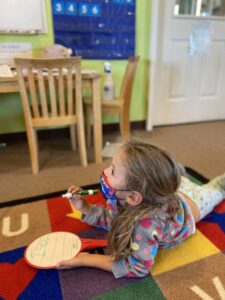 Students on the go!
Students on the go!
Students move throughout the school during the day while teachers mostly stay put. The schedule of the day and the school year, with their special events and traditions, means that the children experience movement, ownership, and knowledge of their school home.
Kindergarten, the Sixth Grade, and the great in-between
Because Bridge School is mostly ungraded, the children nurture one another, teach each other, and contribute in an atmosphere of minimal competitiveness or fear that they may not “make the grade.” The exceptions are Kindergarten and 6th grade; the beginning and ending of Bridge School include a few special events.
Curriculum designed by your child’s teachers, not someone else
Teachers at Bridge School have opportunities to try new things for arts and explorations classes, create curriculum, games, materials, and spaces, getting to explore their own playfulness and not-knowing-ness—as the kids do. The school program is designed and decided by the classroom teachers, all of whom have strong experiences.
Choice of classes
Twice a month, Arts and Explorations classes are described by the teachers, and all the students get to choose which class they’d like to take. For the most part these classes are of mixed ages. Children have many opportunities to explore their interests, even experiencing a similar topic or activity at different ages. Explorations classes include science, history, geography, cultures, language, and more. Arts classes include music, theater, fine arts, crafts, sports, and movement such as yoga. Arts and explorations times ensure that every child experiences success on a daily basis.
Ongoing parent involvement
Parents of Bridge School students, including many alumni parents, are active as volunteers in many capacities. A few examples are teaching an Explorations or Arts class, taking dictation from young writers, playing math games, listening to readers, assisting in the office, coaching sports, and serving on school committees that focus on PR, technology, fund raising and other school needs.
Bridge School Traditions
Over the course of more than three decades, many traditions have evolved at Bridge School, beginning with the all-school (potluck) picnic the first week of school and ending with Beach Day and 6th grade graduation. In between are Halloween, the Holiday Show, Winter Week, Collar Day, and Spring Term. The children, teachers, and parents bring their unique ideas and skills every year to these celebratory events.


